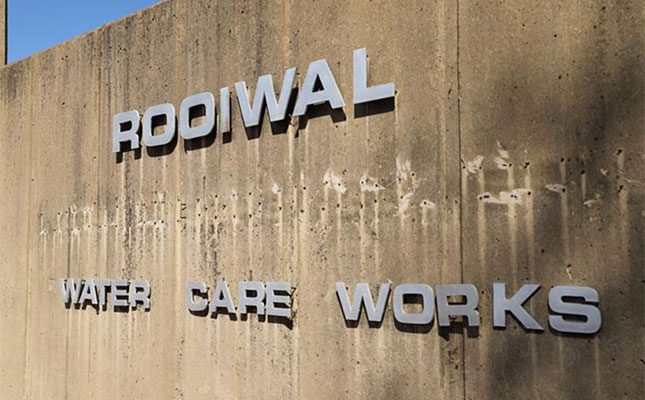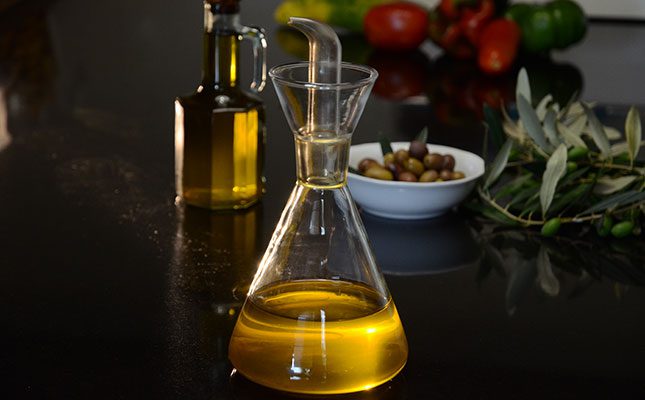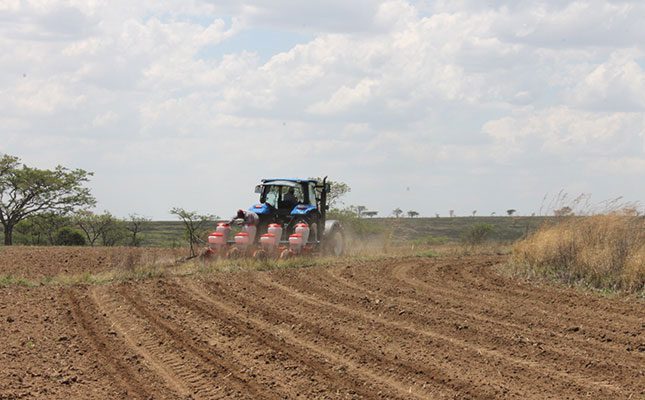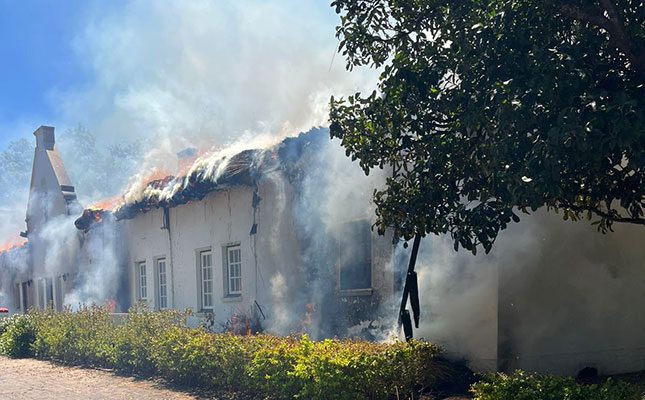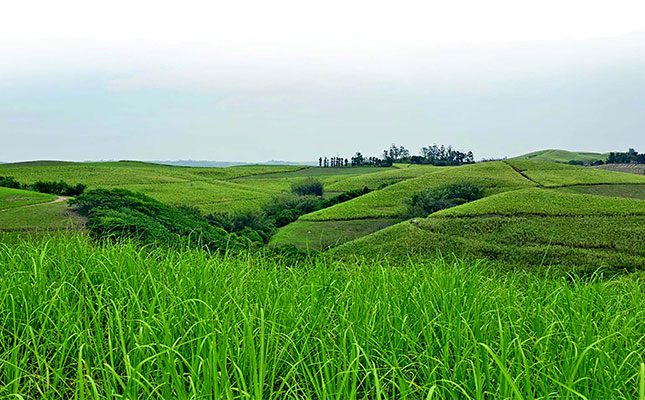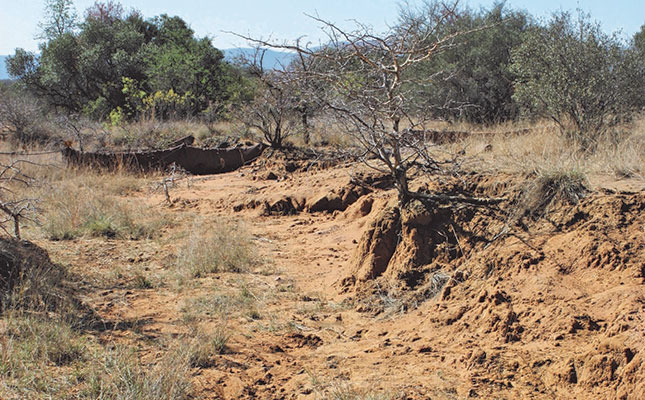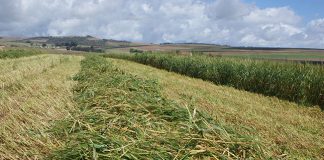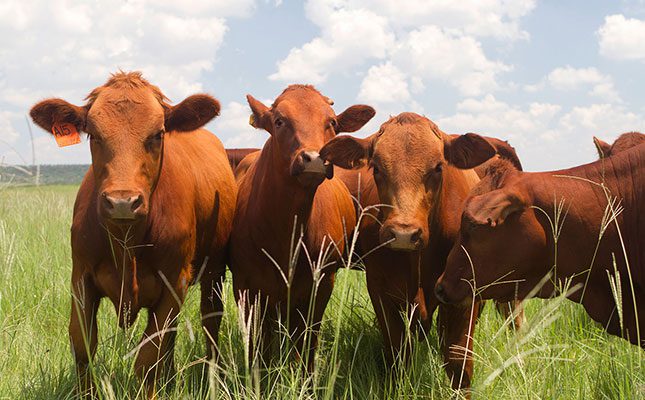
Dewald Olivier, CEO of RMIS, told Farmer’s Weekly that more details would be communicated to the media closer to the launch, but for now the first phase could be summarised as the implementation of Global Location Numbers to identify and map key locations within the supply chain, such as farms, feedlots and abattoirs.
The second phase will be implemented after the successful identification of locations and entails the capturing and sharing of animal data. Oliver said farmers already used several record-keeping systems for production purposes, so the idea was to capture data involving the movement of animals from these programmes.
Unlike some overseas systems, which record all production data, only data relating to the movement of animals will be captured on the industry platform. The data will be decentralised, which should enhance privacy, trust and participation, according to Olivier.
To enable the second phase, farmers will need to tag their animals, and each animal will receive a unique identifying number based on a universal digital number system.
Olivier said that the aim was to get all livestock farmers to participate in the system, including emerging and smallholder farmers, so that the system can be as accessible and affordable as possible.
“The ear tags would probably be the greatest cost, as some record-keeping software is available for free, and mobile phones can be used to scan and record animals. This is a small price to pay for the numerous benefits the system will bring to the industry by improving disease outbreak management and unlocking new growth and trade opportunities.”
He added that some farmers, who already used traceability systems, were reaping the benefits from these systems: “At times of oversupply, when meat prices fall, meat from these farmers are still in good demand, because big buyers demand greater traceability throughout their value chains.”
The third phase will focus on standardising data sharing to enable traceability. Olivier said RMIS, in collaboration with GS1, was in the analysis phase of developing a platform to facilitate the standardised sharing of traceability data.
“Data will be decentralised within different record-keeping systems and shared in a standardised way to create the movement path of livestock throughout the value chain, say from the farm to the feedlot, to the abattoir and then the market,” Olivier said.
RMIS recently hosted a workshop, bringing together key stakeholders from the red meat and broader agricultural sectors, along with government representatives, to discuss the phased implementation of the traceability system.
At the meeting, a task team composed of key representatives from various organisations, such as the Red Meat Producers’ Organisation (RPO), SA Red Meat, the National Livestock Farmers’ Association of South Africa, the Department of Agriculture, Cape Wools and the National Wool Growers’ Association, Gendac and GS1, was formed, to focus on four critical areas over the next 14 days.
These areas include the naming of the industry traceability system, determination of a specific and unique animal number protocol, the setting of minimum requirements for both the traceability and data management systems, and specifications and requirements for livestock identification tags.
Prof Frikkie Maré, CEO of the RPO, told Farmer’s Weekly that the primary goal with the workshop was to communicate current progress and shortcomings in the system primarily with producer organisations. Other stakeholders along the value chain will be engaged later in the process.
He added that there has been a lot of pressure on the industry to launch a national traceability system for some time now, so the current urgency and haste was not new.



